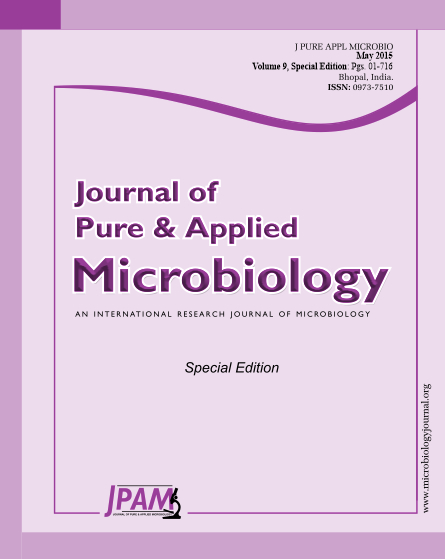Electrocardiogram (ECG) is the electrical recording of the cardiac activity and its analysis provides an effective way in order to identify the various cardiac diseases. Thus the classification of ECG signal is a significant task which aids in the diagnosis. In this paper, an optimized Radial Basis Function Neural Networks (RBFNN) has been proposed to classify six types (Premature Ventricular Contraction (PVC), Normal Beat (N), Atrial Premature Beat (A), Fusion of Ventricular and Normal Beat (F), Right Bundle Branch Block Beat (R) and Fusion of Paced and Normal Beat (f)) of electrocardiogram (ECG) signal. The ECG heart beat signals are acquired using wearable telemonitoring device and preprocessed to remove noise present in the ECG signals. Once the noise has been removed from the ECG signals, RR Intervals and morphological features are extracted which are then fed into the classifier for classification among six types of beats. Here, the proposed classifier uses Gravitational Search Algorithm (GSA) and hybrid PSOGSA algorithm to search for the best value of the Radial Basis Function Neural Networks (RBFNN) parameters. The performance of the proposed approach is analyzed using existing RBFNN-PSO in terms of accuracy and sensitivity
Electrocardiogram (ECG), Heart beat classification, Radial Basis Function Neural Networks, Gravitational Search Algorithm (GSA), Particle Swarm Optimization (PSO)
© The Author(s) 2015. Open Access. This article is distributed under the terms of the Creative Commons Attribution 4.0 International License which permits unrestricted use, sharing, distribution, and reproduction in any medium, provided you give appropriate credit to the original author(s) and the source, provide a link to the Creative Commons license, and indicate if changes were made.


